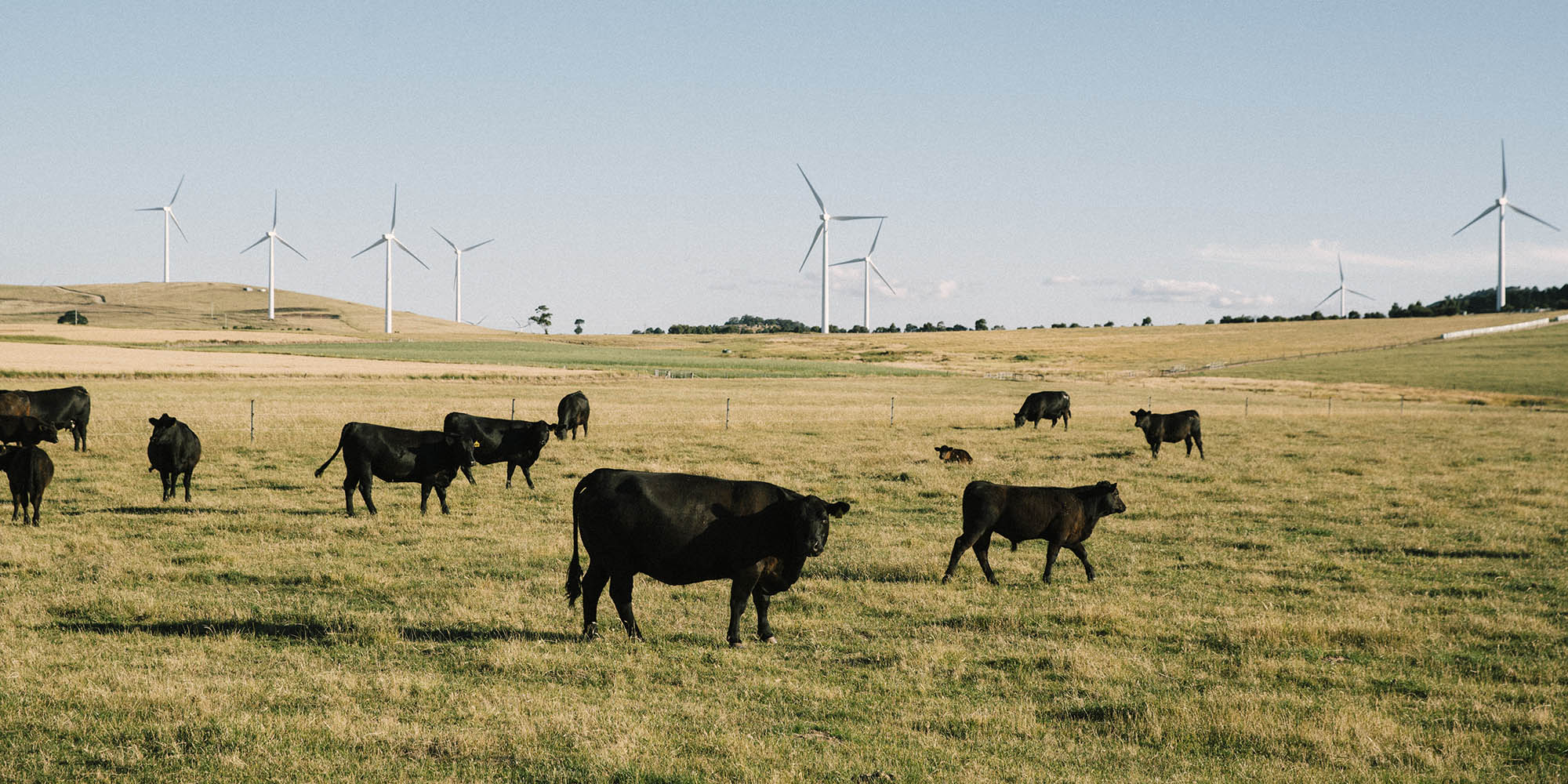- Australia
- Go to acciona.com

Renewables Create Jobs
The economy and employment are always at the forefront of the political agenda, used as reasons to continue coal mining operations and the reliance on fossil fuels, however according to research by Ernst and Young, the reality of a transition to renewable sources of energy is much more economically viable.
By 2030, it predicted that reaching a scenario of 50% renewable electricity will lead to 28,000 new jobs, an increase of almost 50% compared to a ‘business as usual’ setting. Further jobs will be created across construction, operation, installation and maintenance sectors, whilst losses in the coal sector will be easily compensated for.
Sustainable energy companies are constantly improving their technologies, creating a need for workers and job growth as new innovation comes to light. As it stands, coal mining in Australia employs approximately 40,000 workers, however renewable energy roles are expected to reach over 45,000 by 2025.
Clean Energy Means Improved Public Health
A study by Harvard University estimated the life cycle costs and public health effects of coal to be approximately $74.6 billion every year.
On top of this, a myriad of health issues are directly linked to the presence of coal and natural gas plants, due to their high emissions of air and water pollution.
The fact is, technologies such as those championed by ACCIONA’s renewable energy experts result in minimal pollutants, which are all offset by the production of clean energy, within the first 12 months of operations. These renewable energy projects then go on to continue providing benefits to the community and clean energy for 25-30 years.
Reliability in Renewables
Stability and reliability are often referred to when discussing clean energy’s compatibility with electricity grids, being used as indicators of the resilience and ability to remain stable during expected events such as breakdowns. Sustainable energy companies will often highlight the reliability of clean energy, which is able to deliver electricity in quality and quantity across the grid, and to the most isolated areas.
Unlike combustible fuels, there is minimal risk of explosions and leaks when using renewable energy sources, thus negating fears for health and public safety.
Furthermore, as renewable energy technology becomes more efficient and effective, factors such as presence of light and wind are no longer the be all and end all of ensuring constant energy.
Once a turbine starts spinning, it can take hours to slow back down, and that could explain why they are turning without wind. When this occurs, they are still generating energy. Coupling batteries with renewable energy generation allows that energy to be stored during times of low demand and released at times of peak demand. Globally, ACCIONA provides energy solutions in many technologies including hydro, solar, wind, and biomass, giving first-hand insight into the improved reliability of an electricity grid when there is greater diversity in energy sources.
In 2021, The Australia Institute found that clean technologies provided the fast frequency response service and voltage control needed to secure the energy grid and reduce cost, prompting energy economist Professor Bruce Mountain to suggest that renewables already create the cheapest electricity in the market and that the business model underpinning coal and gas is collapsing.
A 100% Renewable Future Is Possible
Achieving 100% renewables is one way of eliminating emissions from the electricity sector, resulting in cleaner air and greater access to unpolluted waterways. The notion of what exactly is meant by ‘100% renewables’ is a hotly debated topic, however it is generally interpreted to mean all electricity must be generated from renewable sources. Sustainable energy companies in Australia and globally cite the most common sources of green energy as solar, wind, hydro, and geothermal, with a specific exclusion of nuclear energy and fossil fuels.
In order to achieve a renewable energy future, it is important to reduce energy demands. An emphasis on the importance of technologies such as those created by leading renewable energy companies, as well as continued support for innovative upgrades, ensures the demands of the modern world are continually met. This should be done in the form of sustainable growth strategy, a strategic approach that analyses the timing of new technologies, assessing their cost effectiveness and implementing as per the results.
Carbon offsets are another good way to ensure clean energy targets are met on the way to achieving 100% renewable.
It is interesting to note that 100% renewable energy has already been achieved in countries such as Iceland. The nation has successfully made the transition, using largely geothermal and hydro sources.
It’s Good, Globally
In developing nations, access to energy can be hampered by everything from location and cost to political drama. This means that one’s ability to access everything from heating and cooling, to transport and clean water is dependent on wealth and access to resources.
Thanks to the increasing popularity of sustainable energy companies and public awareness, renewable energy technologies are developing at such a rapid rate that the cost of installing and running these power sources are increasingly low. Keeping renewable energy at low cost means accessibility for all, whilst the diversity of sources ensures it reaches all areas, including the most isolated slums. Locally-produced energy also means renewable sources are less affected by disruptions in the supply chain, price spikes, or geopolitical crises
There are so many benefits to converting to renewable energy, economically, financially, environmentally and in a step towards equality. By continuing to invest in green technologies, and strategically examining how to implement clean energy practices into organisations as well as everyday life, the benefits of going green are undeniable from every viewpoint.